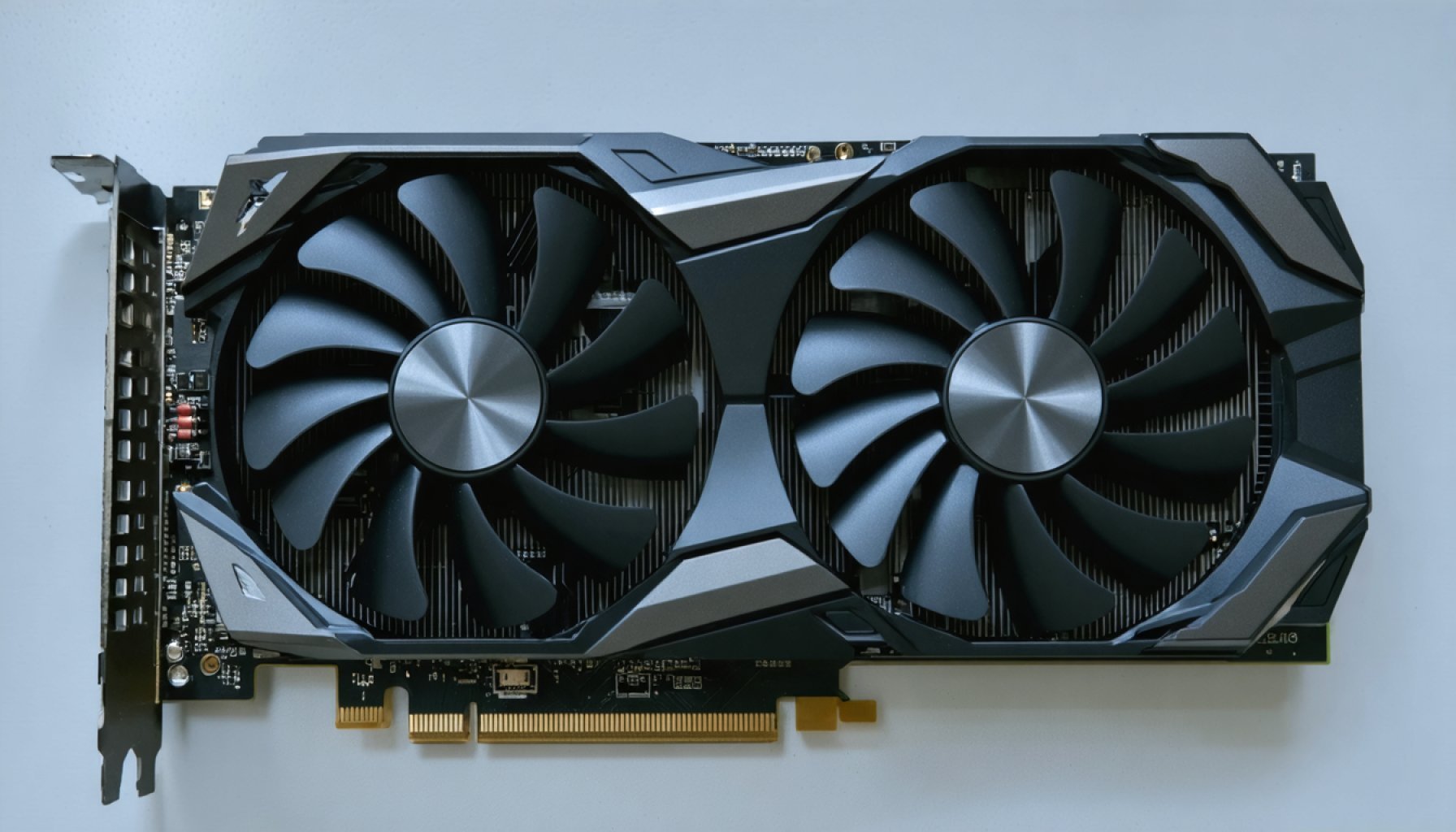- The Nvidia RTX 5070 Ti is in high demand, with global shortages and sold-out stocks affecting eager buyers.
- UK retailers foresee a six-week delay in restocking, while initial U.S. stocks are minimal, intensifying customer anxiety.
- Scalpers and inflated third-party prices exacerbate the scarcity, with official pricing starting at $749 but often elusive.
- AMD aims to capitalize on Nvidia’s supply issues, possibly launching its RDNA 4 lineup in March, potentially challenging Nvidia’s dominance.
- The GPU market remains competitive, with availability and strategic timing serving as crucial factors for success.
Dust clouds swirl ominously as gamers worldwide hunt for Nvidia’s elusive RTX 5070 Ti, a digital jewel slipping through eager fingers. Gamers and tech enthusiasts scavenge for this cutting-edge graphics card, yet stores worldwide echo the cry—sold out.
Across the Atlantic, a UK retailer warns of a six-week drought before restocking, a dire prediction reflecting the scarcity witnessed during the RTX 5090’s debut. In the U.S., whispers from insiders paint a bleak picture with launch day stocks not even reaching double digits, amplifying the anxiety of buyers.
Why this shortage? Many recall the chaos experienced with the RTX 5080. Scalpers circle like hawks; prices soar well beyond the suggested retail, with third-party vendors exploiting the no-show of a Founders Edition to gain an upper hand. Official prices start at $749, but hunting for that is akin to chasing a mirage when even inflated options vanish from virtual shelves.
Observers wonder who might seize this moment. With Nvidia’s RTX 5000 series launch facing relentless tumult, AMD plots its course. Rumors float of AMD’s RDNA 4 lineup ready to pounce, targeting March 6. If Team Red rolls out its RX 9070 cards with ample availability, the pendulum might swing in their favor.
As Nvidia grapples with logistical challenges and quandary over stock, the competition sharpens its efforts. There’s a rich opportunity here for AMD to capitalize, leveling the playing field in the GPU skirmish. Team Green’s stumble offers its rivals a chance to amplify their presence and redefine the GPU landscape while gamers wait in frustrated anticipation.
The takeaway? In the volatile dance between availability and innovation, the winner isn’t always the first-to-market, but the one best poised to serve the waiting masses.
Here’s the Brutal Truth About the Nvidia RTX 5070 Ti Shortage and What’s Next
How-To Steps & Life Hacks for Getting an RTX 5070 Ti
1. Set Price Alerts: Utilize online tools like camelcamelcamel or Honey to track prices and receive alerts when the RTX 5070 Ti is back in stock.
2. Follow Social Media and Tech Forums: Platforms like Reddit and Twitter can be invaluable. Subreddits like r/buildapcsales can offer tips on where to find stock.
3. Consult Multiple Retailers: Regularly check both online and physical retailers. Smaller local stores might have stock overlooked by mainstream buyers.
4. Sign Up for Notifications: Retailers often offer alert sign-ups for specific products. Ensure you’re on the list for restocks.
Real-World Use Cases for the RTX 5070 Ti
1. High-End Gaming: With improved ray tracing capabilities, gamers can experience more immersive environments.
2. 3D Rendering and Animation: The RTX 5070 Ti offers faster rendering times, ideal for professional animators.
3. AI and Machine Learning: Leverage the GPU’s strong parallel processing power for advanced data processing tasks.
Market Forecasts & Industry Trends
The global graphics card market is expected to continue its upward trajectory, with CAGR projections of over 7% from 2023 to 2030, according to a report by Mordor Intelligence. With rising demand for gaming, professional applications, and machine learning, trends indicate persistent shortages unless production scales effectively.
Reviews & Comparisons
– RTX 5070 Ti vs. RTX 4080: Users report the RTX 5070 Ti offers a better performance-to-price ratio, making it an attractive choice for budget-conscious buyers.
– AMD RX 9070 vs. RTX 5070 Ti: Although performance benchmarks will dictate the winner, AMD’s cards may stand out if they can offer competitive pricing and availability.
Controversies & Limitations
The absence of a Founders Edition allows third-party vendors to dominate, often escalating prices. Scalping remains a significant challenge, detracting from user experiences and accessibility.
Features, Specs & Pricing
– Base Clock: Approximately 1.8 GHz
– CUDA Cores: Over 7,000
– VRAM: 12GB GDDR6X
– Power Consumption: Around 250W
– Base Price: $749, though stock shortages inflate this.
Security & Sustainability
Environmental concerns associated with GPU manufacturing persist, including microchip production and waste. Continued efforts are needed to increase sustainability in the supply chain.
Insights & Predictions
If Nvidia does not resolve supply chain and manufacturing issues, it risks losing its competitive edge. Conversely, AMD’s strategic release of RX 9070 could shift market dynamics favorably in their direction.
Tutorials & Compatibility
Upgrading to an RTX 5070 Ti necessitates considering your PC’s power supply (at minimum 650W) and ensuring your setup can accommodate any power connectors required by the GPU.
Pros & Cons Overview
– Pros: Advanced graphics, better energy efficiency, competitive performance.
– Cons: Limited availability, inflated costs, lack of direct availability from Nvidia.
Actionable Recommendations
1. Consider Alternatives: Based on current availability, look at older models or explore AMD’s lineup as interim solutions.
2. Time Your Purchase: Historically, restocks align with new product announcements—such as AMD launches—creating temporary relief in pricing.
3. Stay Informed: Technology evolves rapidly; remain connected to newsletters from retailers and tech news from trusted sites like Tom’s Hardware for timely insights.
For more information on Nvidia and related products, visit the official Nvidia website.



















